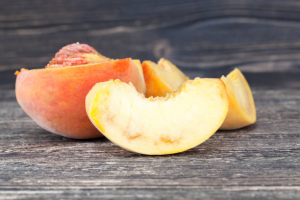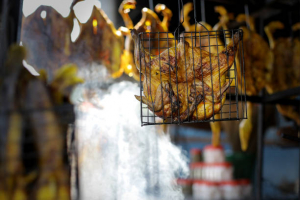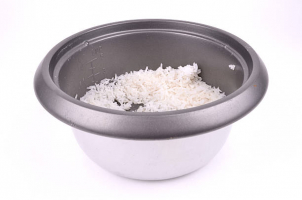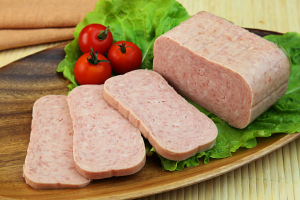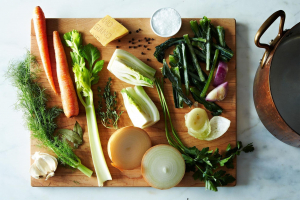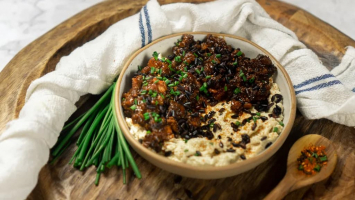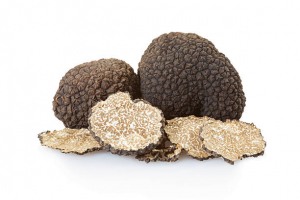Top 10 Best Ways to Use up Kimchi
Maybe you bought some kimchi to use in a dish or just to experiment with, and now you have a half-eaten jar waiting to be utilized in the fridge. Perhaps ... read more...you've had that jar in the refrigerator for a while and are wondering how you're going to get through the kimchi before it spoils. The most adaptable food in your refrigerator, kimchi may be combined with other cuisines to create surprising fusions or added to a rich sauce or broth to add its umami, sour, and spicy qualities. And here are the best ways to use up kimchi.
-
Dumplings are one of the world's most adaptable dishes, with variations appearing in regional cuisines from Eastern Europe to China. They are simple to prepare and offer the ideal vehicle for flavorful and varied fillings like kimchi. By adding some pork or tofu, you can turn leftover kimchi into a filling and substantial supper that is a handmade variation of the traditional Korean dish.
Kimchi mandu, a traditional Korean dumpling, can be beautifully steamed or fried while being coupled with both sweet and savory dipping sauces. The traditional rice cake soup served during Lunar New Year celebrations in Korea frequently contains kimchi dumplings in a hearty broth that is believed to bring luck and wealth. Use your imagination while making your kimchi dumplings by experimenting with sour twists on fluffy bao or crisp egg rolls combined with sweet, salty, or spicy sauces.
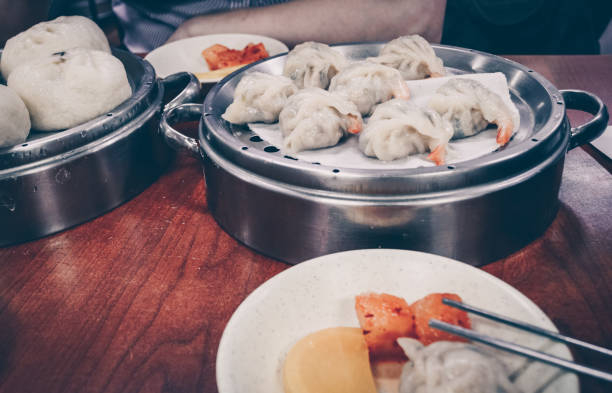
Fill some dumplings 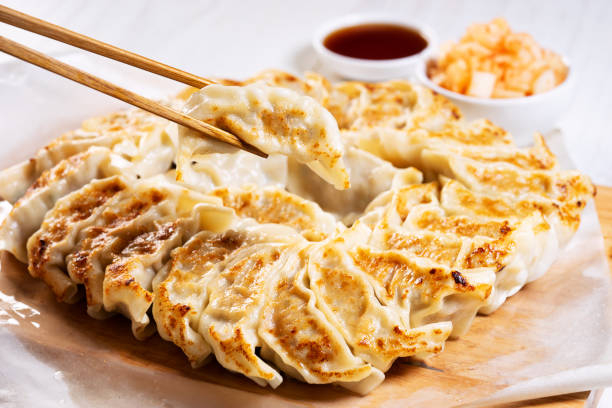
Fill some dumplings -
For many Koreans, kimchi fried rice, also known as kimchi-bokkeumbap, is a favorite comfort food that is excellent for using up any remaining ingredients in the fridge. Kimchi fried rice, like most types of fried rice, tastes best when the rice has slightly dried out after a few days in the refrigerator. The remaining bits of sour cabbage and vegetables are combined with the rice after being seasoned with the kimchi jar's contents. For a quick and filling lunch, add some chopped green onion and a cooked egg on top. Grace Lee, a Korean-American music marketer, provided the New York Times with her version of kimchi fried rice, which she believes must always include diced Spam.
South Korea has had a long-standing love affair with the legendary canned meat that has become a mainstay in Korean cuisine, making it the country that consumes the most Spam outside of the United States today. The BBC examines the special history of Spam as it entered South Korean homes and kitchens after being introduced by the United States. Through its ascent to fame as a well-liked premium gift and a representation of both nostalgia and elegance during the Korean War. While different proteins could be used in your kimchi fried rice, Spam is a traditional addition that connects this meal to its Korean origins.
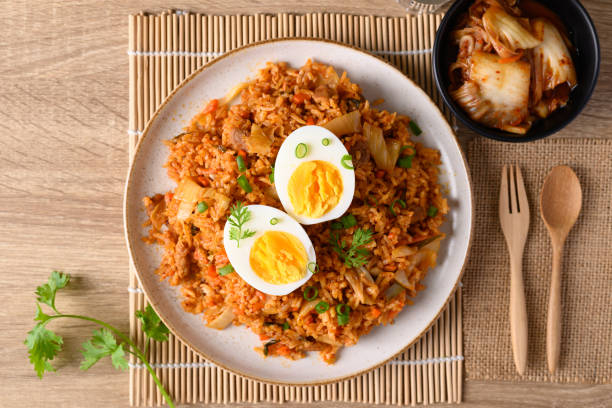
Make fried rice 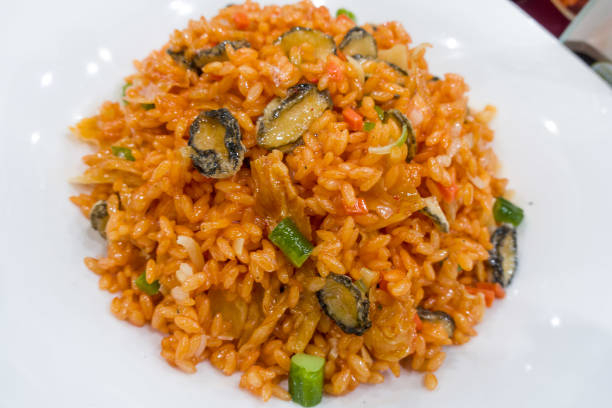
Make fried rice -
Upgrade your rice, noodle, and grain bowls by adding some kimchi on top, taking a cue from kimchi fried rice. Aside from enhancing other grains like quinoa, farro, or barley, the acidic topping also enriches instant ramen and tastes great with bibimbap. Combining leftover kimchi with your preferred proteins, vegetables, and garnishes is one of the simplest ways to get creative.
Warm kale and farro salad can be given some life by adding a generous spoonful of kimchi as a nutritious alternative. For a more decadent version, mix the tasty sauce with some Kewpie mayonnaise and serve it over a warm bowl of ramyeon or instant ramen noodles. It's simple to use leftover kimchi in a variety of inventive and exciting ways by layering a foundation with protein, toppings, and sauces using a template like the one provided in the Washington Post.
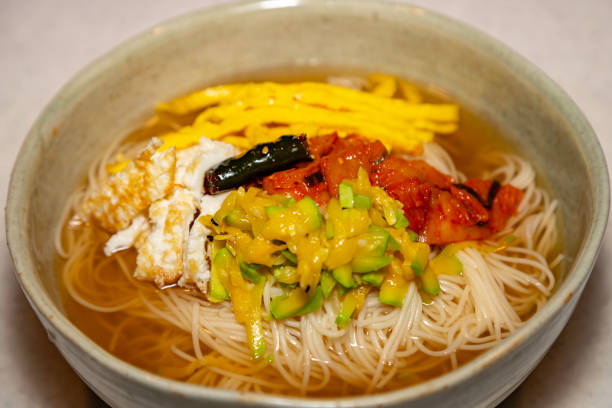
Top your rice, noodle, and grain bowls 
Top your rice, noodle, and grain bowls -
The popular Asian rice porridge and congee are awakened by the bright and acidic kimchi, and those indulging in the savory oatmeal fad, featured by The New York Times, are given texture and depth of flavor by kimchi. Many people who grew up eating congee still find comfort in it today. Congee is a filling breakfast that has supported communities for ages. Congee is all about the toppings, according to Chinese-American chef Jenny Dorsey, who also uses items like fish cakes and pickled veggies, which are flavors found in kimchi.
For those who consume kimchi for its medicinal properties, combining this probiotic food with other wholesome mainstays, like oats, is a terrific way to increase the nutritional value of your morning meal. Go all out with your savory breakfast by adding veggies like steamed spinach or bean sprouts to your congee or oatmeal, along with a serving of protein from a rich, runny egg.
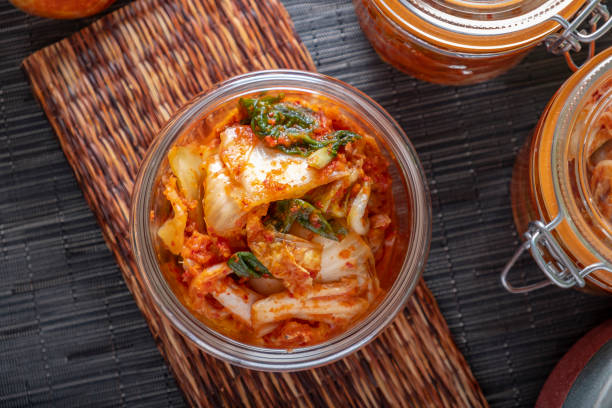
Spice up your savory breakfast 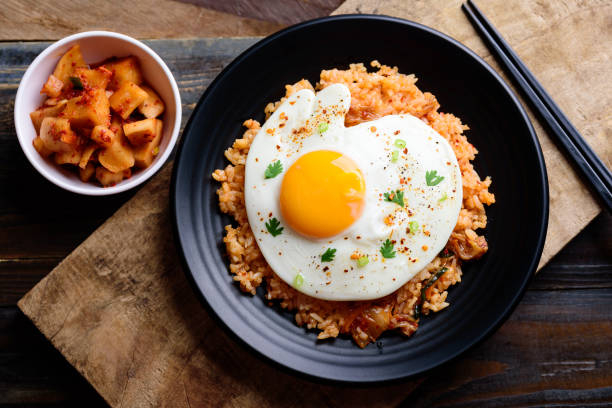
Spice up your savory breakfast -
Kimchi and eggs are an unquestionably excellent combination, whether for breakfast or as an appetizer. The rich, creamy flavor of scrambled eggs and the unctuousness of a runny yolk are the ideal complements to the vivid sourness. Kimchi's unusual flavor profile instantly improves an ordinary egg meal. As a quick enhancement to an egg scramble or egg toast, add some kimchi to add color, texture, and depth of flavor to your morning. Add a dollop of kimchi to your filling for omelets, a couple of spoonfuls to a batch of egg cups, or some kimchi to your preferred morning burrito or sandwich.
Additionally, restaurants have begun enhancing their egg dishes with kimchi, as seen in the kimchi-infused deviled egg appetizers that can be found on menus nationwide including in Los Angeles (via Los Angeles Magazine). By infusing the egg yolk and mayonnaise filling with kimchi juice, you can make this creamy and tangy delicacy at home. Alternatively, you may add finely chopped kimchi to your deviled eggs for a pop of flavor and crunch.
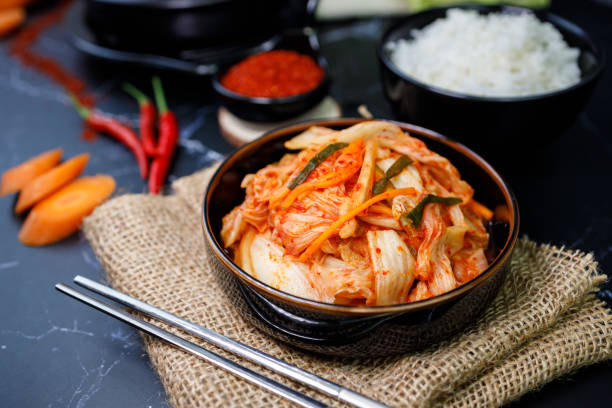
Add it to eggs 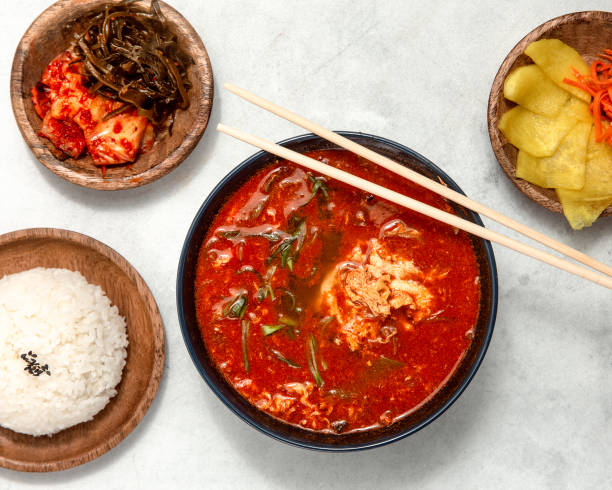
Add it to eggs -
Rich, creamy comfort food, especially warm, oozy cheese, pairs perfectly with the sour acidity and crispness of kimchi. For a distinctly pleasant experience, try mixing leftover kimchi into buttery macaroni or a toasted grilled cheese sandwich. Chef Roy Choi immortalized this delectable pair in his classic kimchi quesadilla, a blend of melting jack and cheddar cheeses and caramelized kimchi, with his legendary Los Angeles food truck, Kogi.
Koreatown in Los Angeles has long been a significant center of culture and food in the vast city, thanks to its ties to Hollywood history and its distinctive fusion of Asian, Latino, and other cultures (via CNN). As Chef Choi skillfully combines ingredients and methods from Korean and Mexican cuisines with a dash of California flair to produce the lively fusion dining that people can't get enough of, the menu at Kogi showcases the cultural richness of LA.
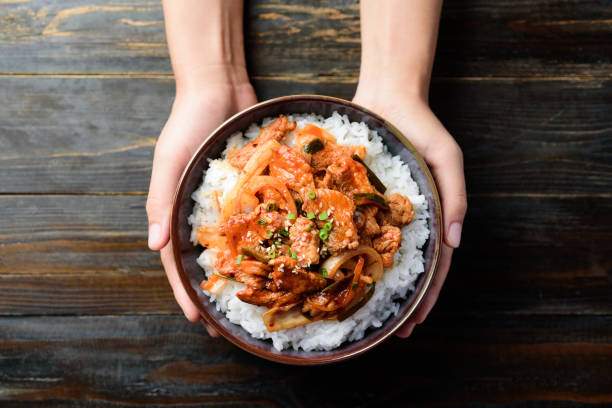
Pair it with cheese 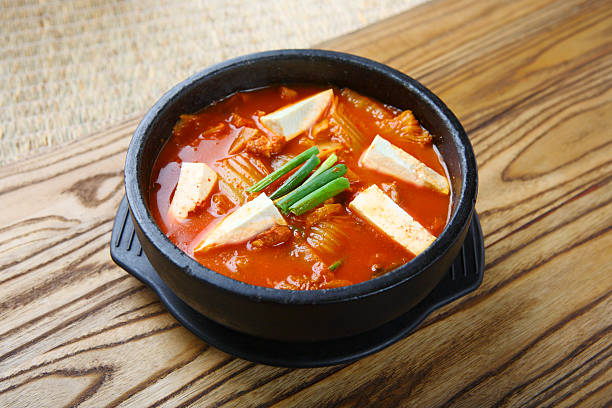
Pair it with cheese -
Unlimited opportunities for expressing your culinary imagination are offered by a fantastic pizza crust. The possibility to sample countless permutations of tastes, textures, and ingredients—from conventional Italian pies to distinctive versions with a wonderfully surprising mix of toppings, such as kimchi—is part of what makes pizza so adored. Chef Ann Kim began blending distinctive Korean flavors with pizza while experimenting with tastes from her youth as a Korean immigrant, creating a culinary phenomenon that helped her restaurant empire get off the ground.
The concept of sharing in Korean cuisine, according to Chef Kim, makes it the ideal combination with a communal dish like pizza. Due to her creative approach to pizza and her iconic creations, the renowned Minnesota cook was chosen to appear in Netflix's Chef's Table: Pizza, as reported by CBS News. For additional intriguing ideas for topping your pizzas with kimchi and other traditional Korean ingredients, look through the menus of Chef Kim's restaurants.
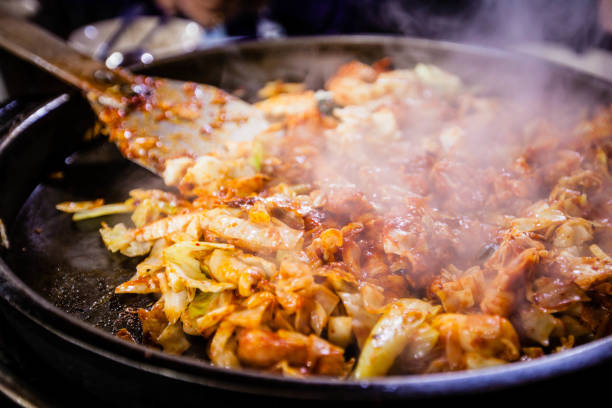
Put it on pizza 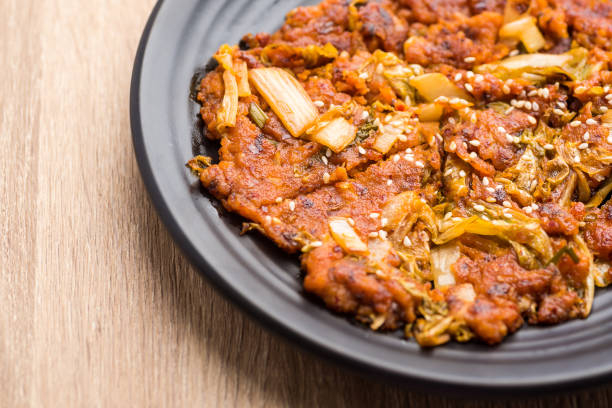
Put it on pizza -
A quick and easy method to liven up your greens is to make salad dressing at home. A simple salad dressing can be produced by combining a fat, like olive oil, and an acid, like vinegar or lemon juice, with some seasoning, and shaking it vigorously. By substituting or including new components, you can create inventive combinations using this fundamental recipe.
Try substituting the liquid in your kimchi jar with lemon juice or vinegar. According to BBC Future, kimchi has a pH that is similar to tomato puree and is more delicately acidic than vinegar. Your homemade salad dressing will have a unique spicy-sour flavor if you use kimchi juice as the recipe's acid.
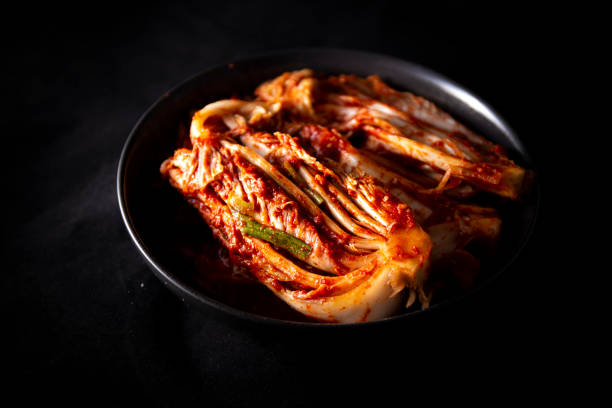
Make salad dressing 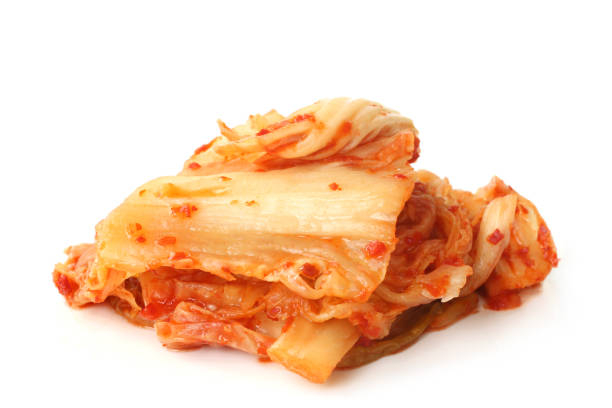
Make salad dressing -
Kimchi may offer more depth to your broth or base in soups and stews in the same way that it gives sauces and marinades taste, balance, and brightness. Although kimchi is used in many traditional Korean soups and stews, budae-jjigae, or army stew, a fiery South Korean soup, is the most well-known (via NPR). The hearty, red stew combines Spam and kimchi once more as a nod to its origins during the Korean War.
In order to prepare this flavorful mixture of spices, noodles, Spam, sausage, beans, corn, and green vegetables after the war, the Koreans would occasionally use the U.S. Army supplies that had been stolen from military installations or given to them by the soldiers. The meal has various variations and monikers, but regardless of its name, this iconic stew is an integral component of Korean culinary tradition.
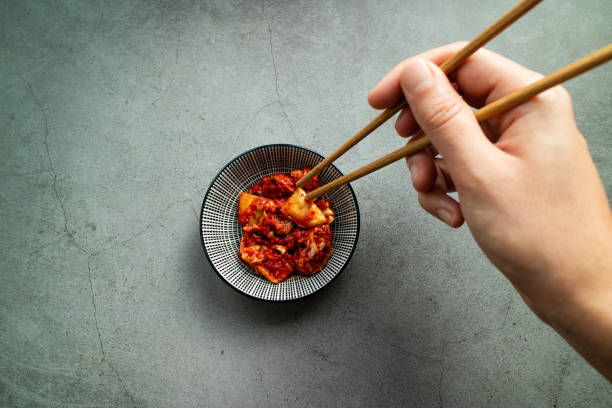
Intensify soups and stews 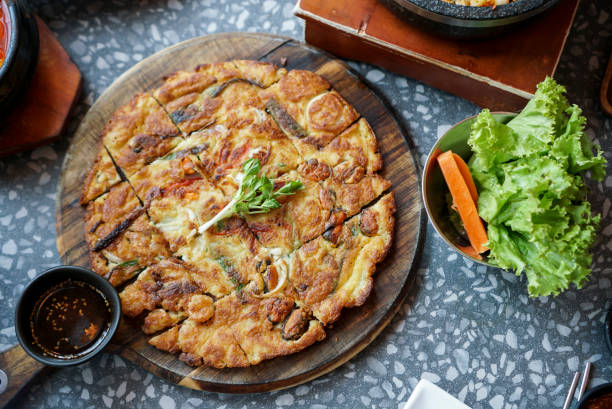
Intensify soups and stews -
Although spicy food is frequently consumed chilled, it can also be eaten hot. Each bite of kimchi has a distinct flavor thanks to browning the fermented cabbage parts and caramelizing the kimchi's natural sugars with heat. According to The Science of Cooking, the Maillard reaction, which affects food's color and flavor, results in browning.
By using this method, the umami-producing components in kimchi are amplified, and kimchi pasta sauce is given an intensity that distinguishes it from other tomato-based sauces. Add aromatics like garlic and herbs, a drizzle of olive oil, some spice, and the kimchi, which will break down in the pan to make your sauce, to produce a straightforward sauce that will cover the pasta with a potent flavor punch.
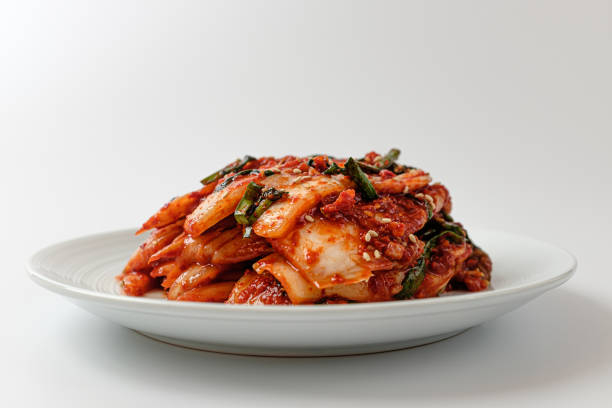
Turn it into pasta sauce 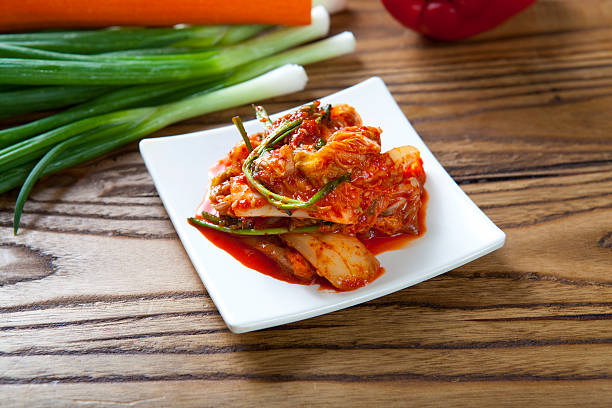
Turn it into pasta sauce












